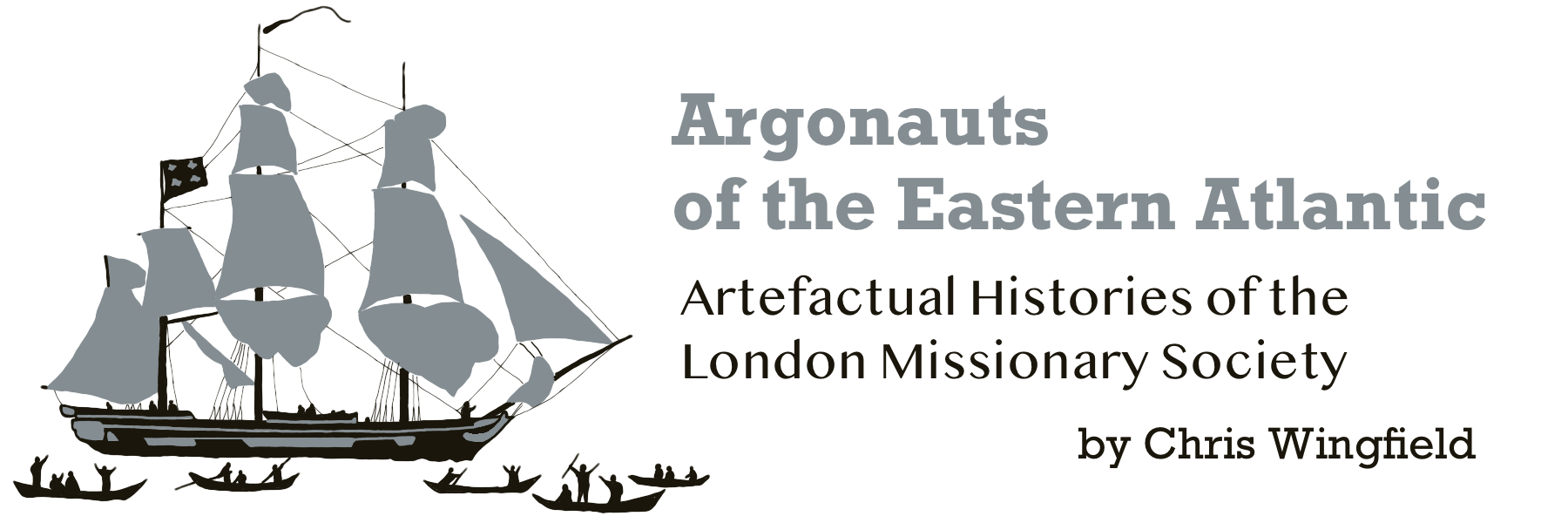About
The theoretical part of Malinowski’s work raises more serious doubts. This admirably concrete mind has evinced an inexplicable disdain for history and the most absolute contempt for material culture.
This site began in 2022 as a writing experiment. It looks back to the publication of Bronislaw Malinowski’s Argonauts of the Western Pacific in 1922 – the classic modernist ethnographic text – but asks what forms anthropological writing could take in the 21st century.
The academic monograph continues to dominate disciplinary imaginations, yet many end up largely unread, or sold for unaffordable sums, generating profits for publishers from the diminishing acquisition budgets of University libraries alone. Ironically, in the age of the internet, this can make the knowledge they contain increasingly inaccessible to the people to whom it relates.

As open access models increasingly lead to skeuomorphic digital versions of paper texts, this is an experiment in the producing text digitally first. It is intended to address a series of questions:
- How do the affordances of digital texts differ from those in print?
- How does it change the writing process to make chapters available as they are produced?
- Can live feedback lead to iterations in writing that ultimately improve the end result?
- Is it possible to generate new forms of relationship between text and image, less constrained by printing costs?
- Finally, and specific to writing about historic artefacts, many of which are held in museum and archival collections, do live hyperlinks to catalogue records enhance the text and/or catalogue?
Over the past two decades, my career working across universities and museums has involved writing all sorts of different texts – label and catalogue text for museums, academic texts, but also texts for the web.
This website is intended to explore these different modalities of textual production, but also to ask how different modes of writing enable us to tell different stories about artefacts – a wider category of things, of which texts are a subset.
Each chapter takes it title from a short descriptive text, often a historic caption or museum catalogue entry. It then uses the body of the text to explore what this reveals, but also conceals, about the artefact in question.
It is an experiment in writing about artefacts (and history), but the result will be an artefact in its own right.
